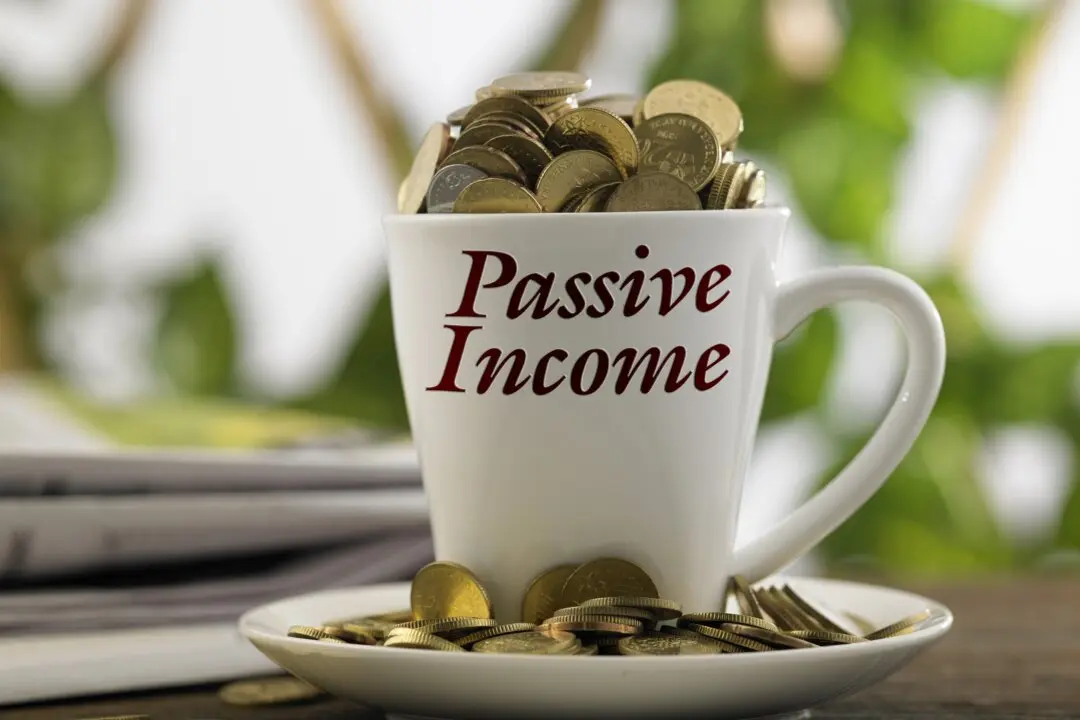As reported by WalletHub, credit card debt was $1.30 trillion in August 2024, setting a new record. Despite surpassing the previous peak, it’s still $99 billion shy of the all-time high set in 2007.
Although the Federal Reserve recently cut interest rates, credit card rates remain high. These factors combined have led WalletHub to predict a further increase in credit card debt by $100 billion before the end of 2024.






